Dealing with mold is something every boat owner has had to deal with at some point in their career. Even the smallest patch can cause big problems later down the line if left unchecked. That’s why it’s important to prevent any mold and mildew on your boat from spreading as early as possible. Your boat insurance in all likelihood doesn’t cover mold damage, making it a potentially expensive headache you want to avoid. Doubly so if you depend on your boat to earn a living and pay the bills on time!

In this article, we’ll show you how to prevent mold and mildew on your boat, but also what to do if you already got it. Not only are they unpleasant to see and smell, but you’re dealing with a legitimate safety hazard so you should act fast. Luckily, prevention is pretty simple once you know what to look for.
Keep It Dry
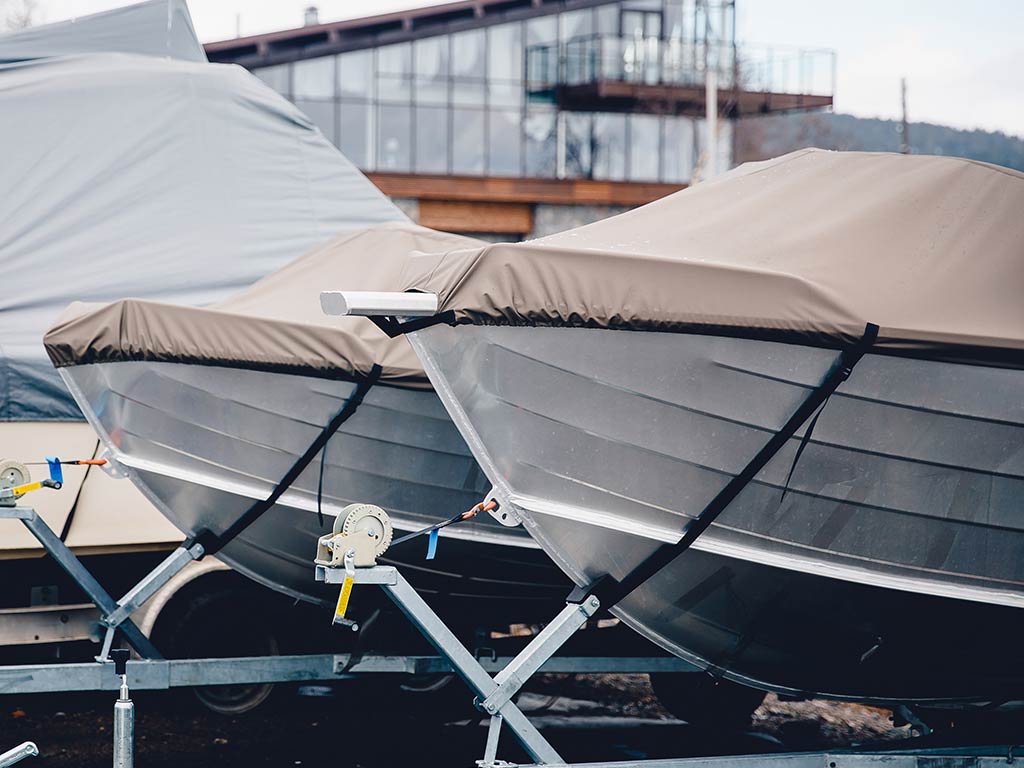
To nip any mold problems in the bud, you need to have moisture and humidity levels under control. Keeping your boat dry can save you a lot of time and money in the long run, which puts it at the top of your priority list for preventing mold and mildew.
Most boaters already know about using a canvas cover on top to keep water from entering the boat. It’s a good first step, but keep in mind that restricting airflow will cause problems unless you control the humidity inside the boat. In the off-season when you’re not actively using it, airing out your boat every once in a while is a valuable habit to have. Nowadays you can also find cheap electric air dryers for boats for under $50 that won’t draw a lot of power and will give you peace of mind.
As for those closed-in and hard-to-reach nooks and crannies of your boat, silica gel is a lifesaver. Manufacturers pack this drying agent in almost everything – from shoes and handbags to electronics. If you already have some packets lying around, here’s a way to put them to good use. If not, you can buy dozens online for less than $10. These should be changed monthly, so it’s a good idea to have a small stack handy.
Keep It Leak-Free
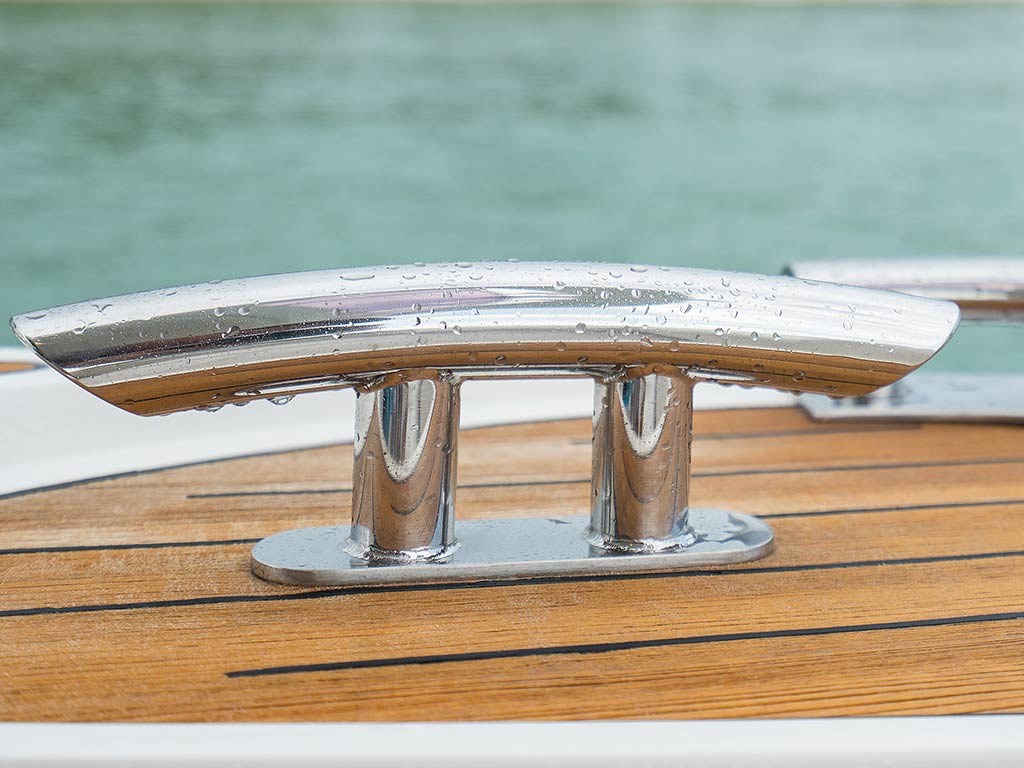
For charter captains and other frequent boaters, the main cause of mold and mildew on a boat are leaks. No matter how hard you work on keeping your boat dry, it’s all for nothing if you’re sporting a leak or two. And before you know it – you’re dealing with a full fungal fauna below deck! Unfortunately, there’s no easy way to ensure a leak-free boat without personally inspecting the boat on a regular basis.
The key areas to check are ones that are connected to or bolted on the deck in some way. These are your ports, vents, stanchions, cleats, hatches, etc. When you do see water getting through a sealed area, you’ll need to remove the affected piece of hardware and set it back in with a new coat of sealant. You should also make sure to regularly check if your bilge pumps are working as intended. They’re easy to overlook, but can easily clog, overload, or blow a fuse.
Leaks can then cause the deck core to rot if left unattended, making for a costly repair if you’re not big on DIY. It won’t sink your boat unless it’s widespread or structural rot, but that’s hardly a risk anyone’s looking to take.
Keep It Ventilated

One of the best ways to prolong the lifespan of your boat is to keep the air flowing. A closed vessel is the ideal habitat for moisture and mold. Ensuring a constant airflow throughout your boat is a valuable tool in your fight against mold and mildew. The more humid your local climate, the more important it becomes to provide steady air movement.
The most common way to regulate airflow is with passive ventilation like dorade boxes, louvered vents, and any number of different vent plates. They are designed to let air in, while keeping rain, spray, and sea wash out, making them simple to maintain. This is a low-cost, easy-to-install option that’ll ensure air circulation as long as the boat is moving.
On the other hand, active ventilation is there to provide a permanent solution independent of other factors. As long as you have power, fans will keep the air moving even when the boat itself is still and there’s no breeze outside. Solar vents don’t even need external power provided you’re able to get enough sunlight on the regular.
Keep It Clean
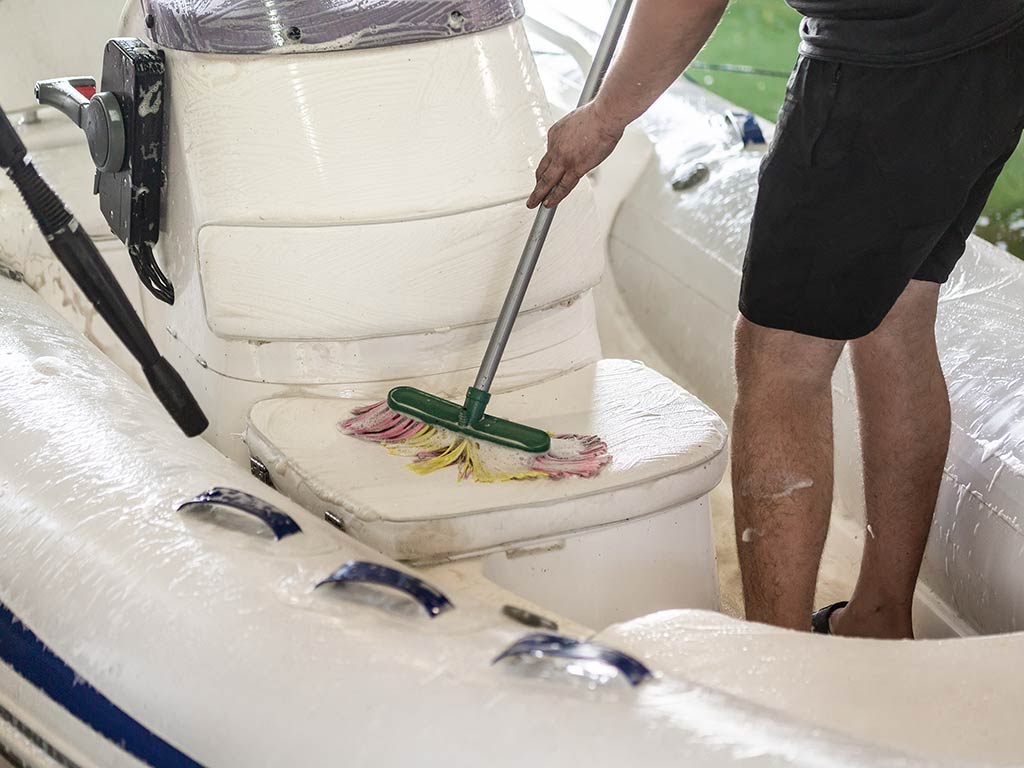
Cleanliness is next to godliness, especially when working to prevent mold and mildew from gathering on your boat. There will always be some remote parts of the vessel that’ll require more attention than others. Take account of all dark and damp areas with restricted airflow, as these are the ones you’ll need to keep an eye on.
Vinegar is a good mold repellent, and by mixing it with water in a 1:3 ratio you can use it to clean the more mold-prone parts of the boat. You can also buy dedicated cleaning products that’ll do the job just as well, but there’s rarely a need to look for a specialized solution when you’ve got everything you need at home.
To make sure your seating doesn’t develop mold, you should thoroughly clean it at least once a month. If you can also remember to give it a quick wipe after each use, you should have no problems in the seating department.
When All Else Fails…
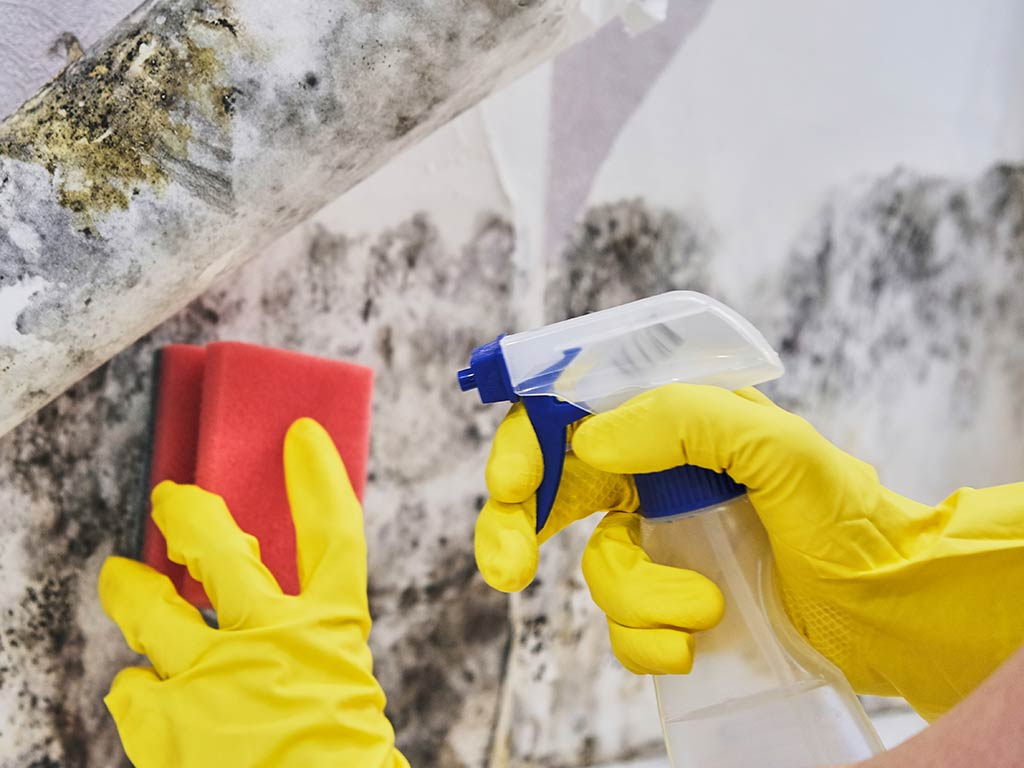
You can (and should) follow our suggestions to the letter, but mold will rear its ugly at some point. It’s a perfectly normal, if unpleasant, part of owning a boat. All you can do is keep it at bay for as long as possible, so don’t beat yourself up when it finally does make an appearance. Here’s what you need to do:
- Remove it. You have a wide range of products marketed as mold removers, but it’s not that hard to make your own. For that you’ll need four quarts of water, one quart of bleach, 1/3 cup of laundry detergent, and 2/3 cup of trisodium phosphate. While wearing an N95 mask and a pair of rubber gloves, spray the product all over the affected area and wait about 20 minutes for it to work. Then clean up the residue with a rag you can throw away when you’re done.
- Apply a mildew blocker. Once you’ve removed the existing mold and allowed the surface to dry, you should start applying a commercial mildew blocker on a weekly basis. It should help make sure you don’t get another outbreak any time soon.
- Fix the odor. When the main problem is sorted, it’s a good idea to buy a tub of Tea Tree Oil Gel to help deal with the odors and improve the air quality on the boat. Tea Tree Oil is a good natural alternative to perfumes, and your nostrils will thank you for it.
Striving for a Fresh and Healthy Boat
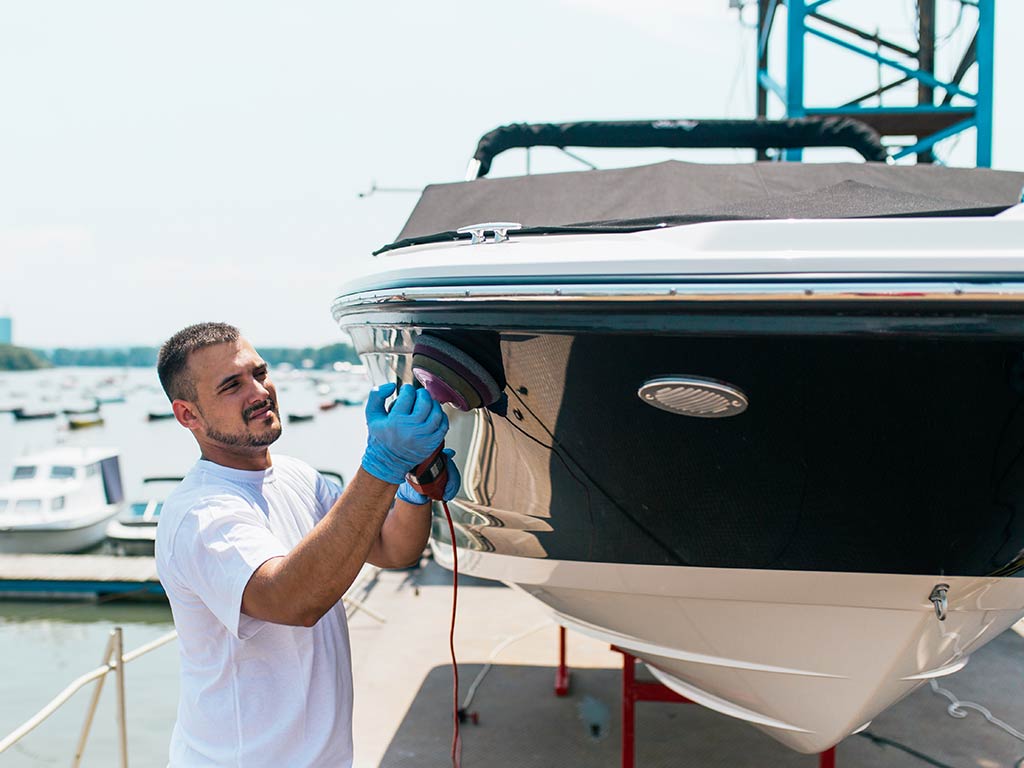
As you can see, keeping a boat mold and mildew-free is no mean feat. But as long as you get into the habit of regular monthly inspections and look out for the things we’ve mentioned in this article, it’s more than manageable. The key is to apply all of these methods at the same time to keep humidity to a minimum.
Sooner or later, though, you’ll have to deal with a mold infestation – it comes part and parcel with being on the water for long stretches of time. But, with good habits and a watchful eye, you can keep your boat healthy and functional for years to come.
If you enjoyed this article, you might want to check out what else we have on the blog. We cover everything from looking after your gear to engine and boat maintenance.
What is your secret to preventing mold and mildew on your boat? Any other tips and tricks to share? Let us know in the comments below.
